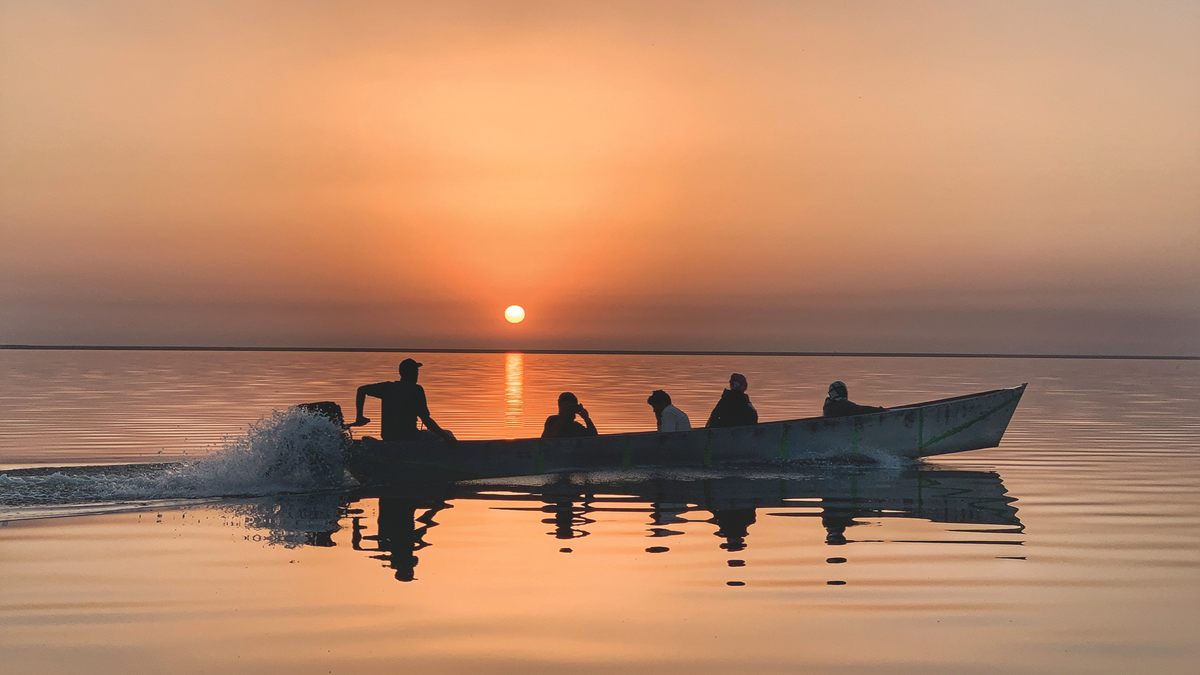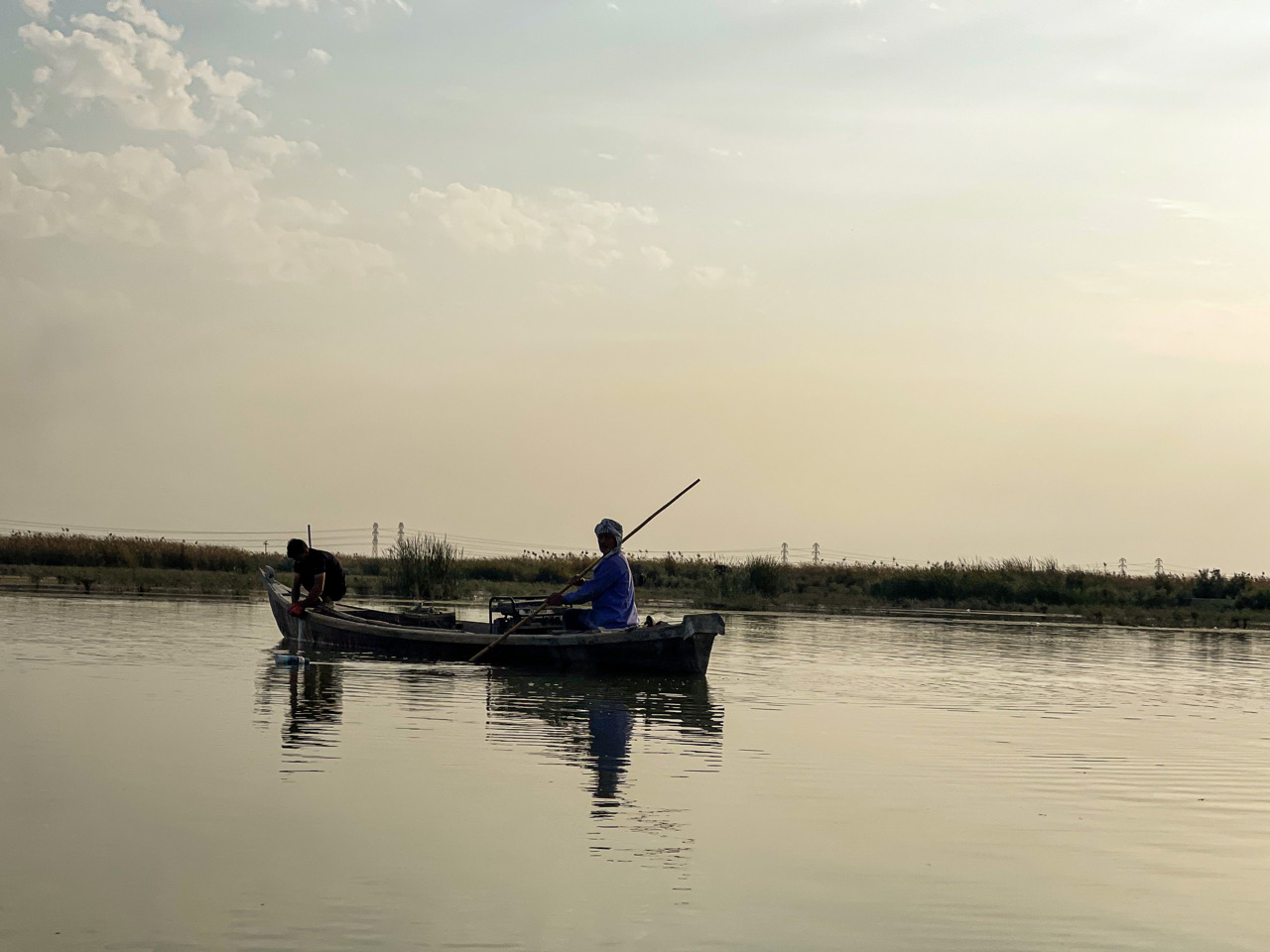The “Cooperative Assessment and Management of the Al-Hawizeh/Al-Adhim Marsh (CAMAAM)” project encapsulates the critical issues surrounding the Al-Hawizeh/AlAdhim Marsh (HAM), located at the confluence of southeastern Iraq and southwestern Iran. This vital wetland ecosystem, characterized by its rich biodiversity and complex hydrological systems, has historically played an essential role in regional water regulation, flood management, and nutrient cycling. However, due to extensive human activities, including systematic drainage, water diversion projects, and the exacerbating effects of climate change, the marsh has experienced significant degradation.Once spanning approximately 9,000 square kilometers in the 1950s, its size has dwindled to less than 10% of its original extent by the early 2000s, leading to profound ecological disruption and habitat loss.
The decline of HAM carries serious socio-economic ramifications for the local communities that depend on these wetlands for their traditional livelihoods, encompassing fishing and agriculture. The degradation has culminated in diminished income opportunities, threats to cultural heritage, and rising health risks linked to environmental changes such as increased dust storms.
Consequently, this situation has exacerbated social instability and economic insecurity in the impacted areas.
To mitigate these challenges, the CAMAAM initiative aims to foster collaboration among stakeholders from both Iraq and Iran. This methodology integrates scientific knowledge, community practices, and policy frameworks to develop a comprehensive understanding of the hydrological, ecological, and socio-economic dimensions of the marsh. Through an interdisciplinary approach that combines empirical data, stakeholder input, and economic modeling, the project seeks to inform decision-making for sustainable management of this critical transboundary resource.
The primary objectives of the CAMAAM project include enhancing community resilience to environmental changes through the adoption of sustainable practices and solutions, disseminating knowledge to raise awareness among stakeholders and policymakers, and building the capacity of local authorities through training programs. Furthermore, the project aims to provide adaptive management recommendations for sustainable water management and conservation planning, conduct a precise evaluation of the socioeconomic impacts of transboundary water mismanagement, and facilitate engaging dialogues between local communities and the relevant authorities.
The comprehensive methodology encompasses various analyses, including socioeconomic vulnerabilities among Marsh Arab communities, policy and governance structures in Iraq and Iran, and legal frameworks to promote cooperative management of the marshlands. Additionally, the project emphasizes the importance of building robust monitoring and evaluation frameworks to assess progress and impacts, ensuring accountability throughout its lifecycle.
In a nutshell, the CAMAAM initiative represents an urgent and integrated response to the pressing challenges facing the Al-Hawizeh/Al-Adhim Marsh. By consolidating diverse stakeholder perspectives, fostering collaborations, and employing evidence-based strategies, the project aims to enhance environmental sustainability, social equity, and economic viability in the region. Achieving these objectives will not only restore the ecological balance of the marsh but will also contribute to the social and economic wellbeing of the communities reliant on this invaluable ecosystem. The project highlights the necessity of cross-border cooperation for the stewardship of shared natural resources, setting a precedent for future collaborative environmental management initiatives in similar contexts.
This summary effectively frames the necessity and ambition behind the CAMAAM project, underscoring its potential for fostering sustainable management of the AlHawizeh/Al-Adhim Marsh through integrated, transboundary cooperation.


